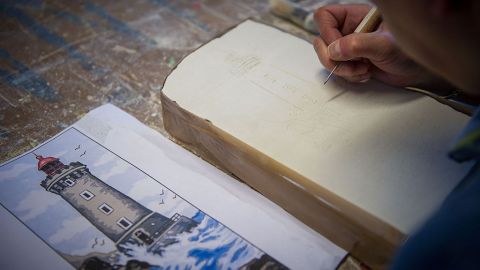You Don’t Have to Be an Artist to Benefit from Art Therapy

Don’t be too quick to dismiss art therapy as a helpful tool, even if you wouldn’t necessarily consider yourself an artist. A professor of creative arts therapies at Drexel University found that among 39 adults, doing an art activity for 45 minutes reduced stress, regardless of artistic ability. Researchers recorded participants’ levels of cortisol, a stress-related hormone, before and after doing an art activity and saw significant decreases. About 75 percent of patients had lower levels of cortisol after the activity.
The results showed that the art activity was especially helpful for the younger participants. (Members of the study ranged from age 18 to 59 years old.) Researchers suggest that this correlation could be due younger people being less likely to have found other coping methods for dealing with stress and challenges when compared to older participants.
Unfortunately, even though art therapy seems to be effective at impacting stress, it can be difficult to access. While art therapy programs might be easily accessible in hospitals and other inpatient settings, it can be hard to clear with insurance for outpatient purposes. While it is certainly possible to make art on your own, having an art therapist involved in the process aids with interpretation and finding deeper emotional significance in what is created.
At least some art therapists would love to offer their services at an affordable price point, regardless of insurance status. However, in order to make a living, art therapists have to limit the number of low- or no-fee clients they take on. As the article states, “waitlists are not uncommon in art therapy.” Licensing requirements can also prove challenging for art therapists practicing in certain states.
Art therapy might be spreading around the world as a health and wellness tool. Take the story of a Romanian woman, named Raluca Oprescu, bringing the practice to the country of Oman. Oprescu says art therapy uses “creativity as a platform” to help people become more aware of their emotions an inner thoughts.
—
Header Image: GUILLAUME SOUVANT / Stringer





